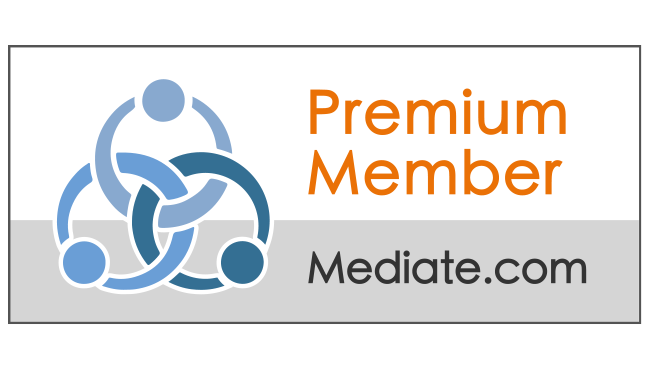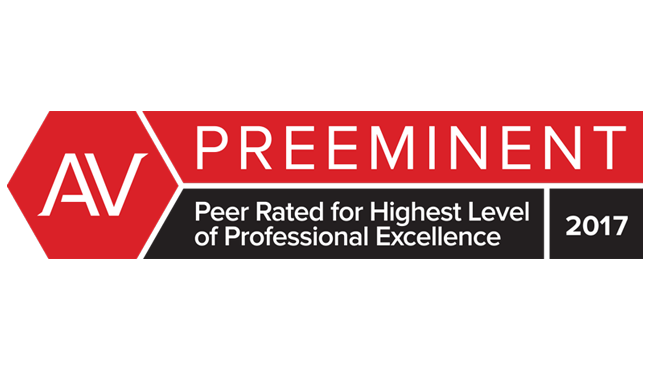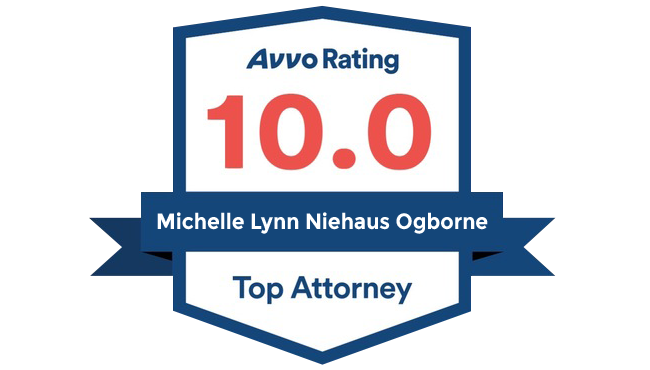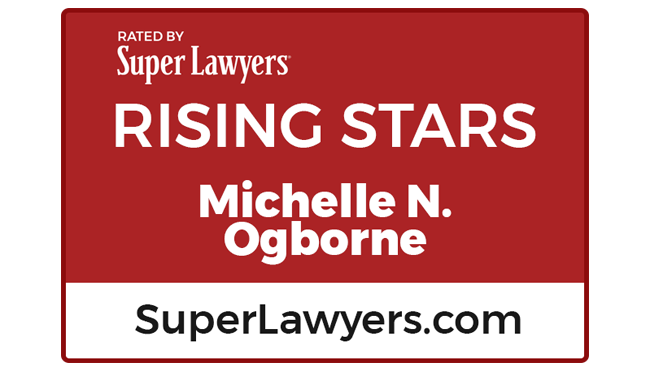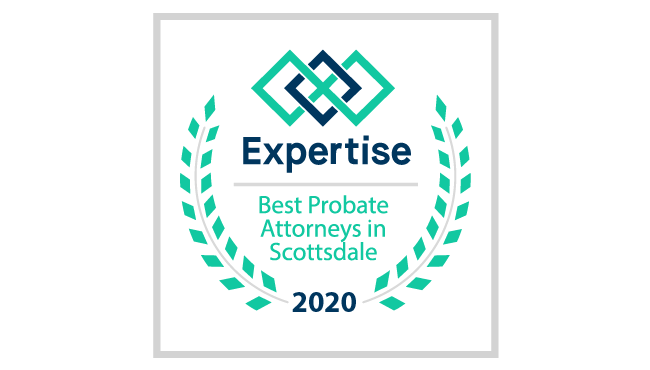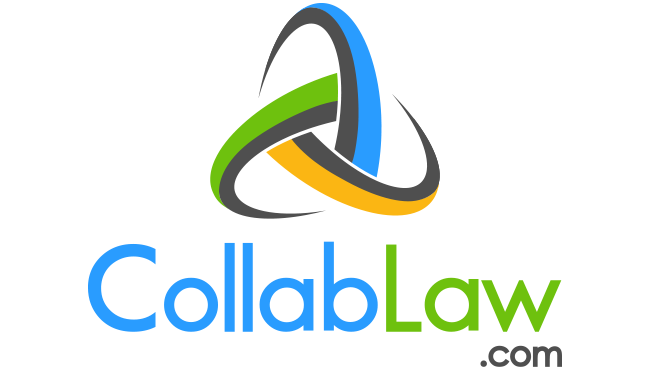Estate Planning for Retirement
Your financial plan needs to have retirement planning for offering complete financial safeguarding. The requirement for retirement planning rises as the average life expectancy increases. In addition to providing financial safeguarding following retirement, a further source of income is vital.
Retirement planning lays the groundwork for achieving life objectives, overseeing medical emergencies, and becoming independent financially. Picturing life at seventy plus is one of the most difficult factors of retiring.
A lot of people become so overpowered by the notion of saving for their future that they don’t retain anything. Fortunately, retirement planning is somewhat easy, but you are going to need a strategy to keep you going in the right direction.
What is Retirement?
Retirement – as it’s known – is ever-changing and progressing. For many, it might still mean the end of working full-time and a total transition to leisurely activities. But for others, it’s the chance to design the perfect future: one that could include work, volunteering, starting a business, world travels, and more.
Whether you’re forty-five or sixty-five, successfully beginning your “next chapter” needs a plan. At Ogborne Law, the objective of our advisors is to aid you in preparing – with answers to your financial questions and advice to assist you in visualizing the future you want to live.
Estate planning for retirement assets approaches the same issues as are considered commonly, for instance, qualifying transfers to a living spouse for marital deductions, taking advantage of useful estate tax exemptions, decreasing GST taxable transfers, and retaining assets in trust for beneficiaries that, due to age or debilitation, shouldn’t receive out and out distributions. However, preparing for retirement assets includes the additional objective of the deferment of income tax on benefits for as long as you can, uniform with other estate planning objectives.
In a lot of situations, it will be appealing to utilize a trust to retain retirement assets in which other respects would go out and out to a surviving spouse, children and/ or others.
Maximizing Retirement Savings Through Estate Planning
You can maximize your estate plan by increasing your retirement contributions over the next several years. One alternative to increase your contributions is to turn your retirement plan assets into a Roth IRA. A conventional IRA is formed with pre-tax capital. If you turn these funds to a Roth IRA, you are going have to pay taxes on the amount converted. Nevertheless, you may experience numerous benefits, comprising of:
- The future withdrawals are not going to be taxed. This is vital if you believe the tax rate is going to be higher when you make withdrawals in the future.
- The income taxes you pay when you turn capital to a Roth IRA are eliminated from the worth of your estate, which can possibly decrease future estate taxes.
- Withdrawals from your Roth IRA are not included in your modified AGI and are ruled out when any other income is taxable.
- Roth IRAs are exempt from the required minimum distributions; therefore, you can keep developing these accounts as long as you wish.
Plan for Disability
An extensive estate plan should include stipulation in case you become disabled. Several documents you should devise comprise of:
Power of Attorney
POA gives an individual the right to act on your behalf concerning your financial affairs. If you fall ill or get injured, your agent can step in and handle your financial affairs. This designation enables you to give management of your funds and property to somebody you trust.
Living Will
Not having an advance health care directive or living will, your loved ones might wind up exhausting your estate by calling attention to excessive medical measures you would not have asked for when you were able. A living will places your wishes concerning end-of-life care in writing.
Health Care Proxy
A health care proxy can make medical decisions for you if you can’t make them for yourself.
Creating A Plan for Healthcare And Long-Term Expenses
As reported by the HHS estimates that individuals turning sixty-five have almost a seventy percent chance of requiring some kind of long-term care service in their last years.
One year in a private room in a retirement home costs an estimated cost around one hundred and ten thousand dollars presently and is projected to reach almost two hundred thousand dollars in twenty years. Even with a solid portfolio, you might have trouble managing such large costs with savings at the ready.
A lot of adults are troubled about what increasing health care costs could mean for their future financially. Fifty-five percent of adults aged twenty-five plus are either unsure or unable to calculate their yearly retirement health care expenses.
Preserving Assets for Future Generations In Retirement Planning
Guaranteed Death Benefit. Life insurance death benefits are guaranteed to pay-out a large tax-free grand total at the insurer’s passing devoid of the requirement for taking on market risk.
Guaranteed Access to Cash. Using the specialized design of whole life policies, the high early cash value provides access to cash using policy loans. This loan entitlement enables the beneficiaries of the generational plan to have accessible cash.
Guaranteed Cash Values. There are components parts that make up the cash collection within these policy designs: dividends and the guaranteed cash.
Safeguarding Assets
Whereas safeguarding your assets is a key aspect of any wealth management strategy, it’s a vital step if you want to protect generational wealth for the future. The following should be taken into consideration:
Asset Titling – the fashion in which you are owner of an asset—like in your individual name, jointly with somebody else, through an entity, or in a trust, etc.
Insurance – RIB or old age insurance benefits are a type of social insurance payouts made by the SSA paid based upon the fulfillment of old age (sixty-two plus).
Irrevocable Trusts – This type of trust cannot be altered, modified, or rescinded without consent from the grantor’s beneficiaries or through court order.
Asset Protection Trusts – This type of trust is a means that retains an individual’s assets with the intent of protecting them from creditors.
In Conclusion
Tomorrow is just around the corner—and that’s why you should begin preparing sooner than later. The intent of wealth preservation and estate planning is to guarantee that your assets are safeguarded and can be passed on to succeeding generations, on your terms.
Arizona Family Law
Naming guardians in your will can be part of your estate plan. You may think you’re too young or don’t have enough money to justify the expense, but if you have children, you have priceless assets. There are many considerations when naming guardians for your kids. However, the process doesn’t have to be expensive or complicated.
There’s nothing better than the peace of mind you will have knowing you’ve protected your family at a time when they need it most. Let us help. Schedule a consultation or contact Ogborne Law, PLC of Arizona today.
Engaging with an attorney to protect your family is never an easy step. Whether you need to protect your family from the unthinkable or restructure your family through collaborative divorce, we’re here to help. When you’re ready to schedule a consultation with Michelle Ogborne, please visit the scheduling page to get started.


